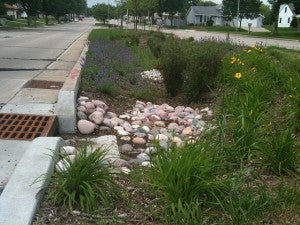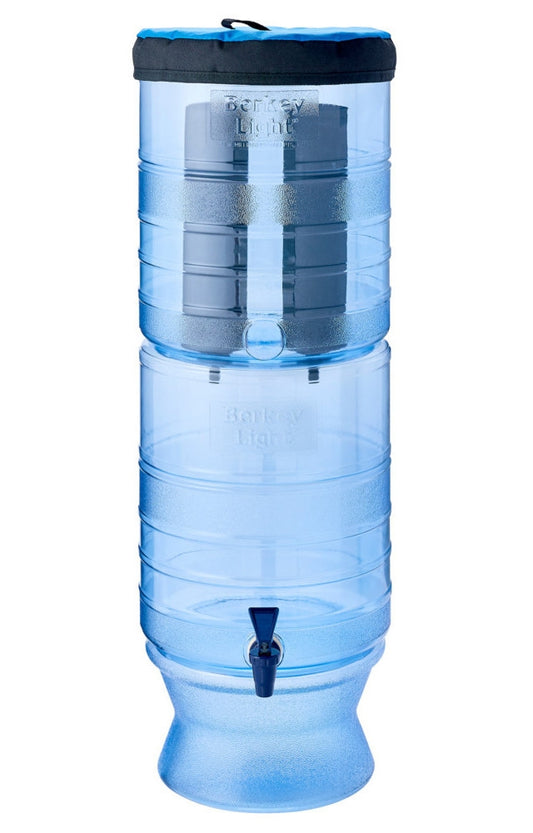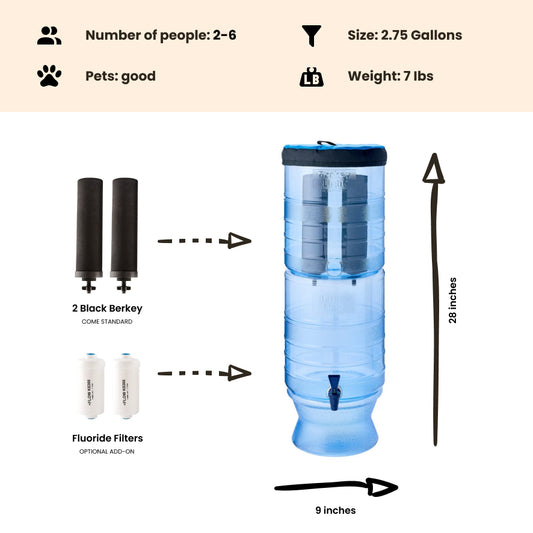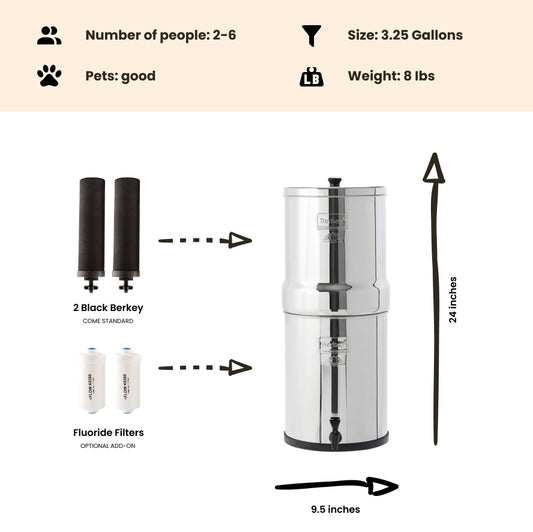
Investing in Water Quality
By Dan DeBaunShare
Public would rather put money behind funding green infrastructure than gray infrastructure for protecting drinking water sources
The recent Flint water crisis has driven home the importance of protecting drinking water and the need for investing in and maintaining water infrastructure. Yet policy-makers often find it difficult making decisions on where to invest financial resources and how to gain public approval for spending tax payers money in their efforts to protect drinking water sources.
Now, a recent study undertaken by researchers at the University of Delaware shows that if given a choice, people would rather see money invested in protecting and conserving water resources with green infrastructure, than money being channeled into gray infrastructure such as water treatment facilities.
The study, which was published in the scientific journal Agricultural and Resource Economics Review, also found that people's eagerness to contribute to water projects were affected to a large extent by different messages related to global warming, climate change, extreme weather events or decaying water infrastructure.6
"People are much more willing to pay for conservation," said Kent Messer, director of the Center for Experimental and Applied Economics (CEAE) in the University's College of Agriculture and Natural Resources (CANR), and co-author of the paper. "They like the idea of permanently protecting the waters from their source and avoiding having to do technological fixes."
The study used a field experiment that involved 251 adults from various sites around northern Delaware, including the New Castle Country Farmers Market, University of Delaware's Ag Day, as well as community members from Southbridge, Wilmington. The participants had to perform one simple task, for which they were financially compensated. They then had the option of donating those funds to one of two organizations that could address water quality issues: 1) the Conservation Fund, which funds green infrastructure projects such as construction of bioswales and other green storm water management options; or 2) the American Water Works Associations (AWWA), which funds gray infrastructure projects. The participants leaned heavily towards contributing towards green infrastructure projects.
"People didn't just show up and automatically receive money. They earned their money. Then, we asked if they wanted to donate it to either a conservation cause (green infrastructure) or to help drinking water utilities (gray infrastructure)," said Messer.
The researchers also assessed how different messages influenced the choices the participants made. The results of their survey suggest that people are more likely to contribute when message topics focused on global warming or climate change rather than when messages focused on extreme weather events. Consequently, when formulating a message to encourage citizens to help protect water resources, policy-makers need to choose their message topics carefully.
According to Messer, policy-makers often debate whether it is wise to discuss climate change or whether this topic is best avoided, focusing on extreme weather instead. Yet this study suggests that may be the wrong approach.
"This research suggests the emphasis on large storms like Hurricane Sandy will actually make people less willing to take action as it appears that people perceive these large storms as being out of human control," said Messer. "If it's just decaying infrastructure, normal storms, or even climate change, then people might feel they can do something about it. But when you start really emphasizing these large magnitude storms, there becomes a sense of hopelessness."
Journal Reference
Sean F Ellis, Jacob R Fooks Kent, D Messer and Matthew J Miller. The Effects of Climate Change Information on Charitable Giving for Water Quality Protection: A Field Experiment. Agricultural and Resource Economics Review, Volume 45, Issue 2 (Economics of Water Quality), August 2016, pp. 319-337, DOI: https://dx.doi.org/10.1017/age.2016.17
-
Regular price From $302.00 USDRegular priceUnit price / per
-
Regular price $234.00 USDRegular priceUnit price / per
-

 Sold outRegular price From $305.00 USDRegular priceUnit price / per
Sold outRegular price From $305.00 USDRegular priceUnit price / per -
Regular price $327.00 USDRegular priceUnit price / per
-
Regular price From $367.00 USDRegular priceUnit price / per
-
Regular price From $408.00 USDRegular priceUnit price / per
-
Regular price From $451.00 USDRegular priceUnit price / per

Dan DeBaun
Dan DeBaun is the owner and operator of Big Berkey Water Filters. Prior to Berkey, Dan was an asset manager for a major telecommunications company. He graduated from Rutgers with an undergraduate degree in industrial engineering, followed by an MBA in finance from Rutgers as well. Dan enjoys biohacking, exercising, meditation, beach life, and spending time with family and friends.
~ The Owner of Big Berkey Water Filters
















